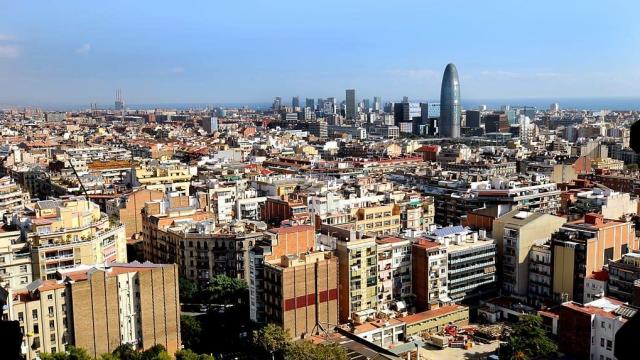Scientists were able to coax local bacteria into cleaning up a polluted aquifer by injecting a safe, naturally occurring chemical into the water, according to a new study.
A group of chemicals called chlorinated ethenes, once used as industrial solvents and cleaners, continue to pollute groundwater around the world to this day, and they’re especially hard to break down. As researchers continue to hunt for ways to remove them from the environment, they realised that a group of bacteria can partially break down the chemical but gets stuck before finishing the job. One team in Spain was able to decontaminate an aquifer just by adding lactic acid (a common, sour-tasting chemical that appears in fermented milk, pickles, skincare treatments, and many other familiar products).
This approach of removing a pollutant from the environment is called biostimulaton—stimulating the bacteria already found in the wild to do the cleanup for you. The researchers cited plenty of studies that showed organohalide-respiring bacteria could break down chlorinated ethenes in the lab, but few studies actually applied the method at larger scales in the real world.
The researchers focused on an industrial site in Barcelona that had contaminated an aquifer with chlorinated ethenes. First, they collected groundwater from the area to create microcosms of the local microbes. Then they added sodium lactate to some of the collected batches. The bacteria without the lactic acid started breaking down the pollutants but stalled and left behind still-toxic byproducts. Those with lactic acid added completely broke down the target chemicals.
In October 2016, the team injected sodium lactate into one of the sites and monitored it for 190 days. The results were promising, so they performed a full-scale lactate treatment in August 2017, injecting lactate every three months for a year. They analysed the samples for chlorinated ethenes in September 2018. After a year, most of the chlorinated ethene had turned into the nontoxic ethene, and in many wells, the bacteria had fully broken down the the chemicals to the point that they were not detectable.
It’s important to note that while the method was effective in breaking down the chlorinated ethenes, in some cases it left behind the byproduct vinyl chloride, an also-toxic chemical that comes from the bacteria not fully breaking down the initial pollutant, though there was evidence of vinyl chloride breaking down into the safe ethene. Methane, the potent greenhouse gas, was also a byproduct, according to the paper published in Water Research.
This new study follows several decades of work trying to remove this recalcitrant pollutant from the environment. The researchers were excited that their technique lowered the chlorinated ethene concentrations in ways that other strategies couldn’t, according to a press release.
Perhaps bacteria will work with us in fixing some of the terrible problems we’ve inflicted on our environment. Or perhaps they’ll kill us. Who’s to say, really?
